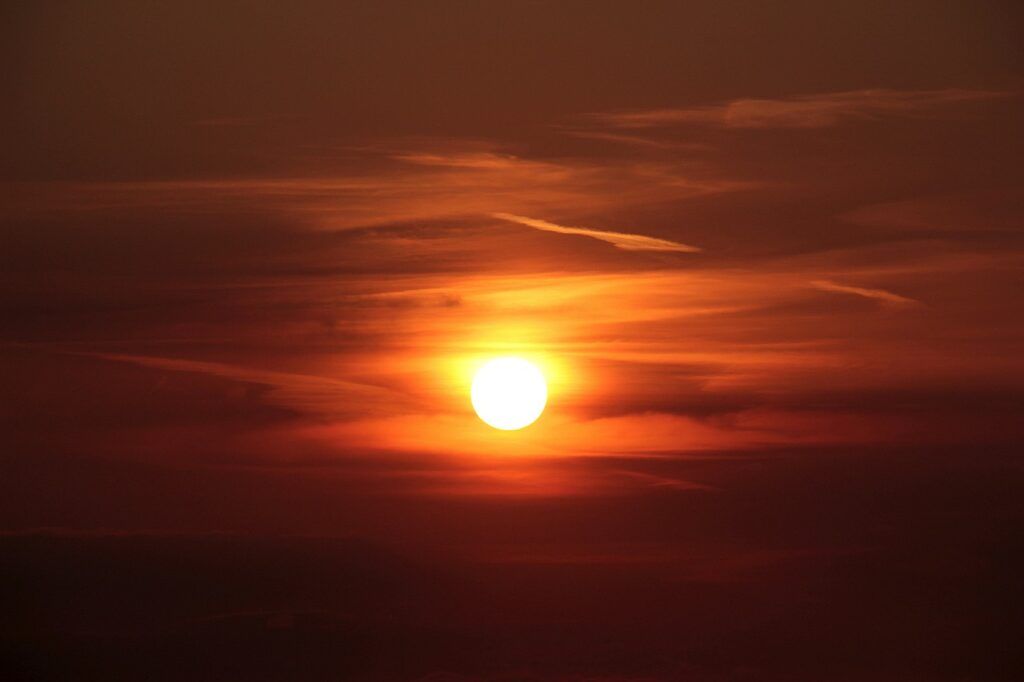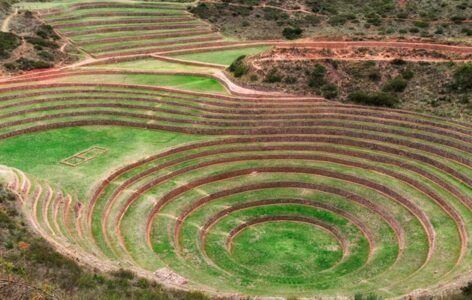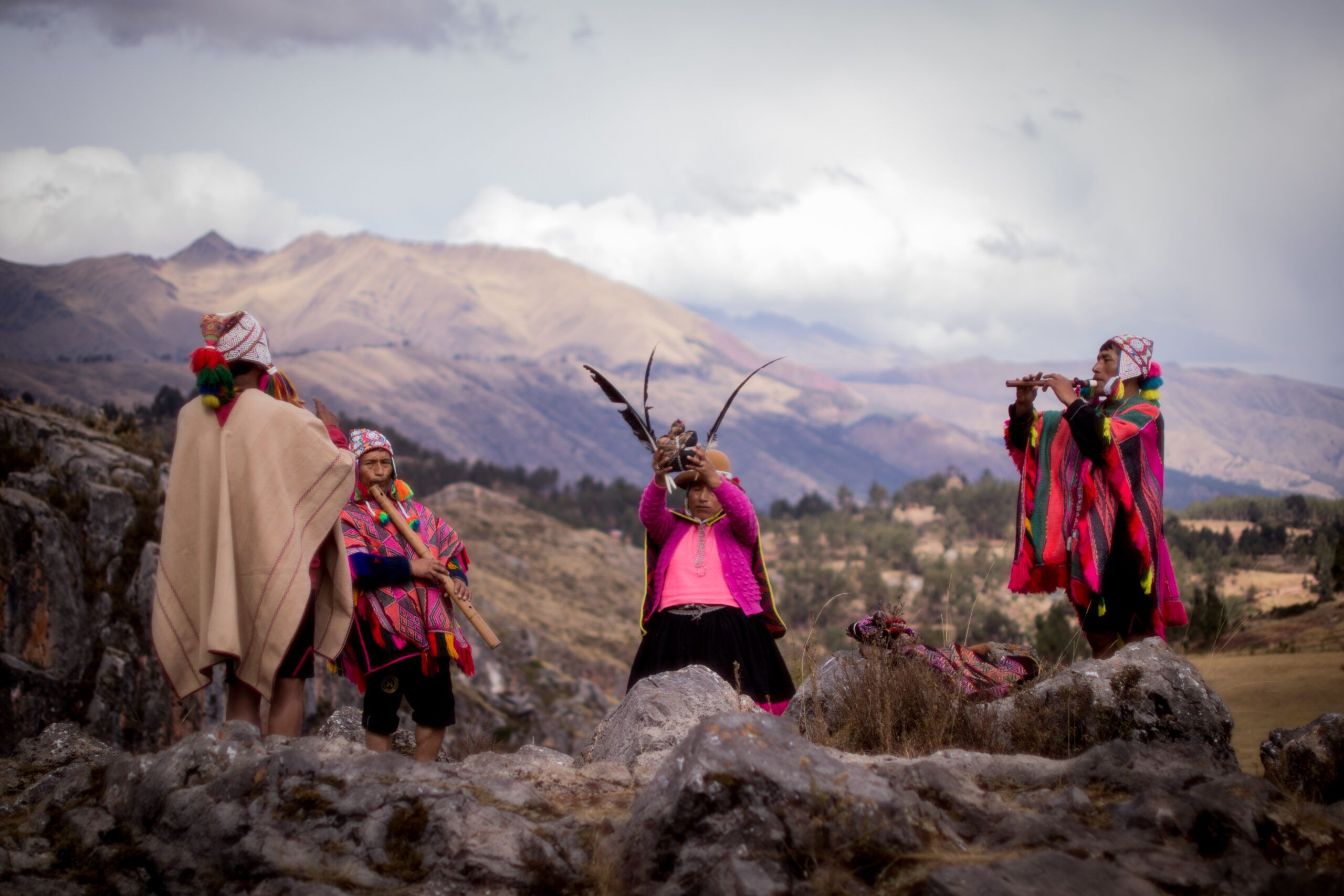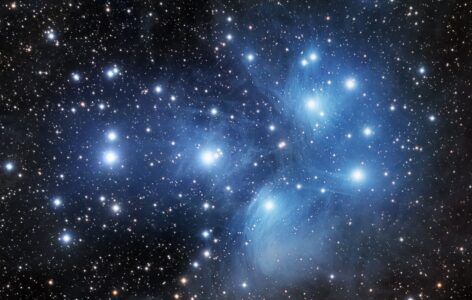The Andean Cosmovision is not merely a system of belief, at its center are powerful Deities and spirits, each representing fundamental forces of existence.
It is a way of being, rooted in reciprocity (Ayni), balance, and profound respect for nature. For the peoples of the Andes, especially the Quechua and Aymara, the universe is alive and interconnected.
1. Dieties: Pachamama – Mother Earth

Pachamama is one of the most venerated deities in Andean culture. She is Mother Earth, the fertile womb from which all life springs. Far from being a passive entity, Pachamama is a living, conscious being who provides, nurtures, and demands respect.
She is honored with offerings (despachos) of coca leaves, chicha, food, and prayers. If disrespected—by pollution, overharvesting, or selfishness—she may withdraw her blessings, leading to droughts or misfortune.
- Symbolism: Fertility, agriculture, abundance, and balance.
- Modern presence: Andean communities across Peru, Bolivia, and Ecuador still actively celebrate Pachamama—holding traditional ceremonies in August to thank the Earth.
2. Deities: Inti – The Sun God

Inti is the Sun, the giver of light, time, and warmth. The Inca Empire regarded Inti as their patron god and believed the Sapa Inca (emperor) was his son.
The Inca built temples like Qorikancha in Cusco for Inti and presented daily offerings to his golden image. His festival, Inti Raymi, is still celebrated around the winter solstice (June 24) with great splendor.
- Symbolism: Life, power, divine royalty, and spiritual guidance.
- Modern presence: Inti Raymi has seen a revival and is now a major cultural event blending traditional and contemporary Andean pride deities.
3. Viracocha – The Creator God

Wiracocha is the primordial creator, who emerged from the waters of Lake Titicaca to shape the world, the sun, the moon, and humanity. Unlike Pachamama or Inti, which reflect natural cycles, Viracocha embodies a more abstract idea—a god of conscious design and cosmic order.
According to myth, after creating the world, Wiracocha wandered the Earth, teaching people wisdom and civilization, before walking across the Pacific Ocean, promising to return.
- Symbolism: Creation, wisdom, law, and order.
- Modern presence: Viracocha appears in many ancient stories and remains central in scholarly and spiritual discussions of Andean theology.
4. Apus – Mountain Spirits and Protectors

In Andean Cosmovisión, Apus are not mythological gods in the Western sense, but they are among the most powerful beings. Apus are the spirits of sacred mountains, often personified as wise and protective entities.
Each community has its local Apu, and the highest mountains—like Apu Ausangate or Apu Salkantay—are revered across entire regions. People offer coca leaves, alcohol, and prayers to the Apus for protection, fertility, and success.
- Symbolism: Guardianship, ancestral presence, sacred geography.
- Modern presence: Pilgrimages, such as Qoyllur Rit’i, are dedicated to Apus, mixing Catholic imagery with ancient rituals.
5. Mama Killa – The Moon Goddess

Mama Killa is the goddess of the moon, femininity, and timekeeping. She governs the lunar calendar and is deeply connected to women’s cycles, the ocean tides, and emotional rhythms.
Many view her as Inti’s wife or sister, and in some myths, she sheds tears during eclipses, which communities honor as sacred events requiring specific rites
- Symbolism: Femininity, cycles, intuition, water, and reflection.
- Modern presence: Though less commonly worshipped directly today, Mama Killa is invoked in ceremonies focused on divine feminine energy and lunar phases.
Rather than dominance or submission, the goal is always balance, and these powerful beings help maintain it. To honor them is to honor life itself.
References
- Allen, C. J. (2002). The Hold Life Has: Coca and Cultural Identity in an Andean Community. Smithsonian Institution Press.
- Bastien, J. W. (1985). Mountain of the Condor: Metaphor and Ritual in an Andean Ayllu. Waveland Press.
- MacCormack, S. (1991). Religion in the Andes: Vision and Imagination in Early Colonial Peru. Princeton University Press.
- Medrano, R. (2019). La Cosmovisión Andina: Una mirada desde los pueblos originarios. Editorial Abya Yala.
- Tindall, R. (2010). The Jaguar that Roams the Mind: An Amazonian Plant Spirit Odyssey. Inner Traditions.



